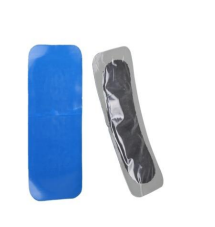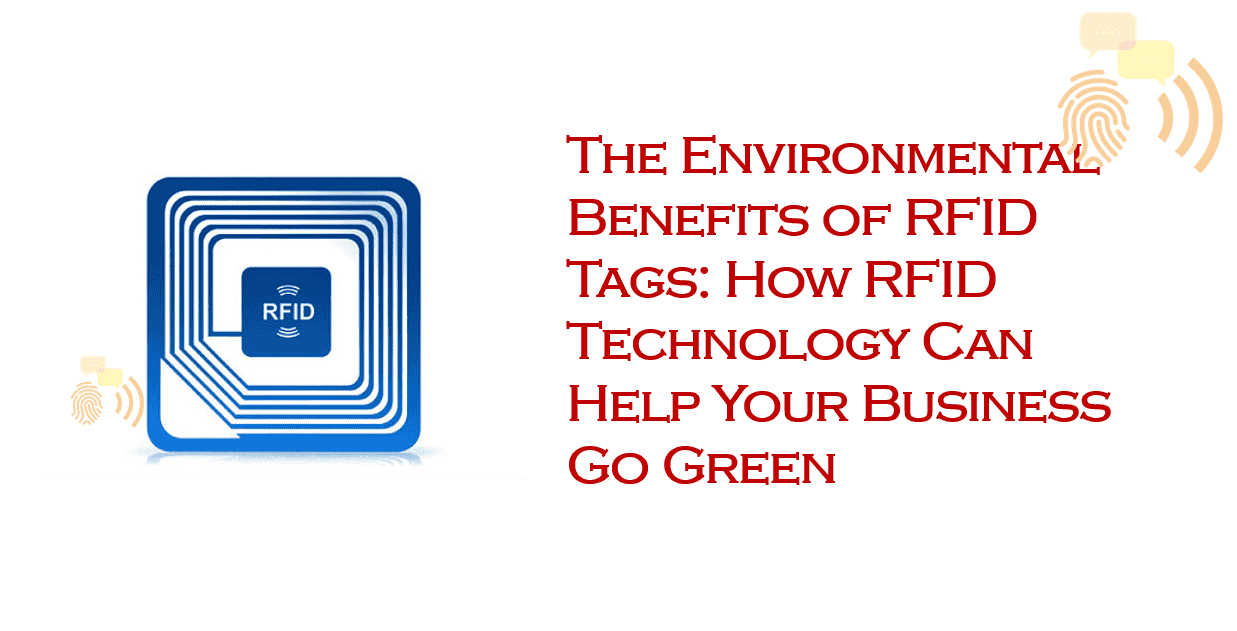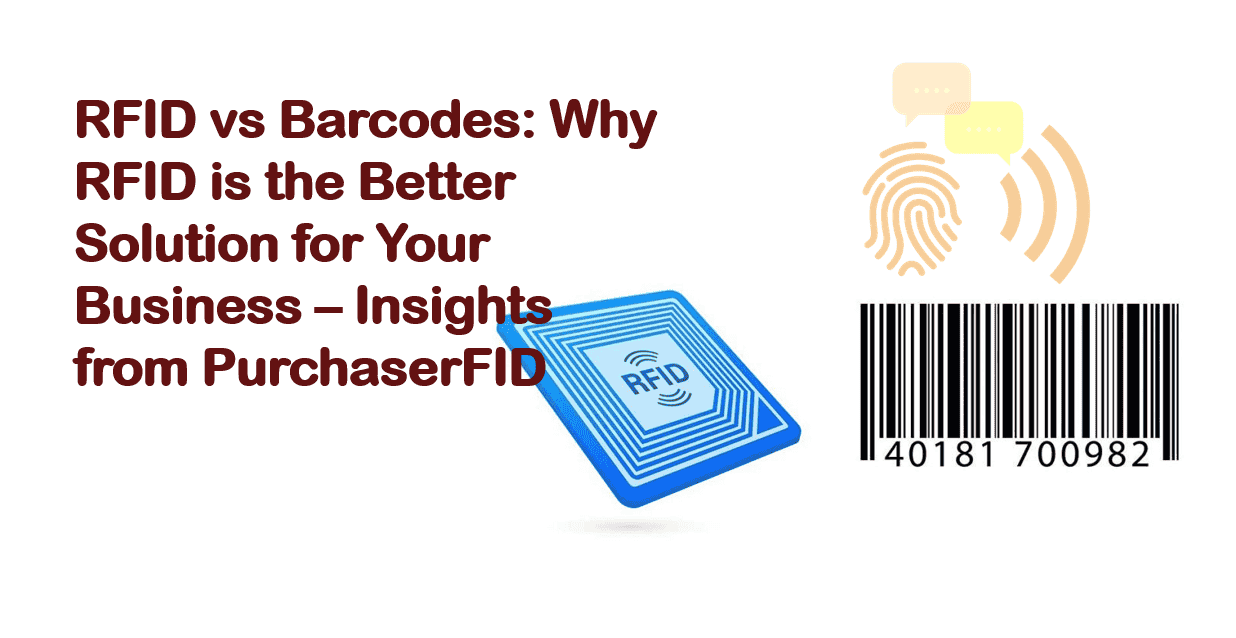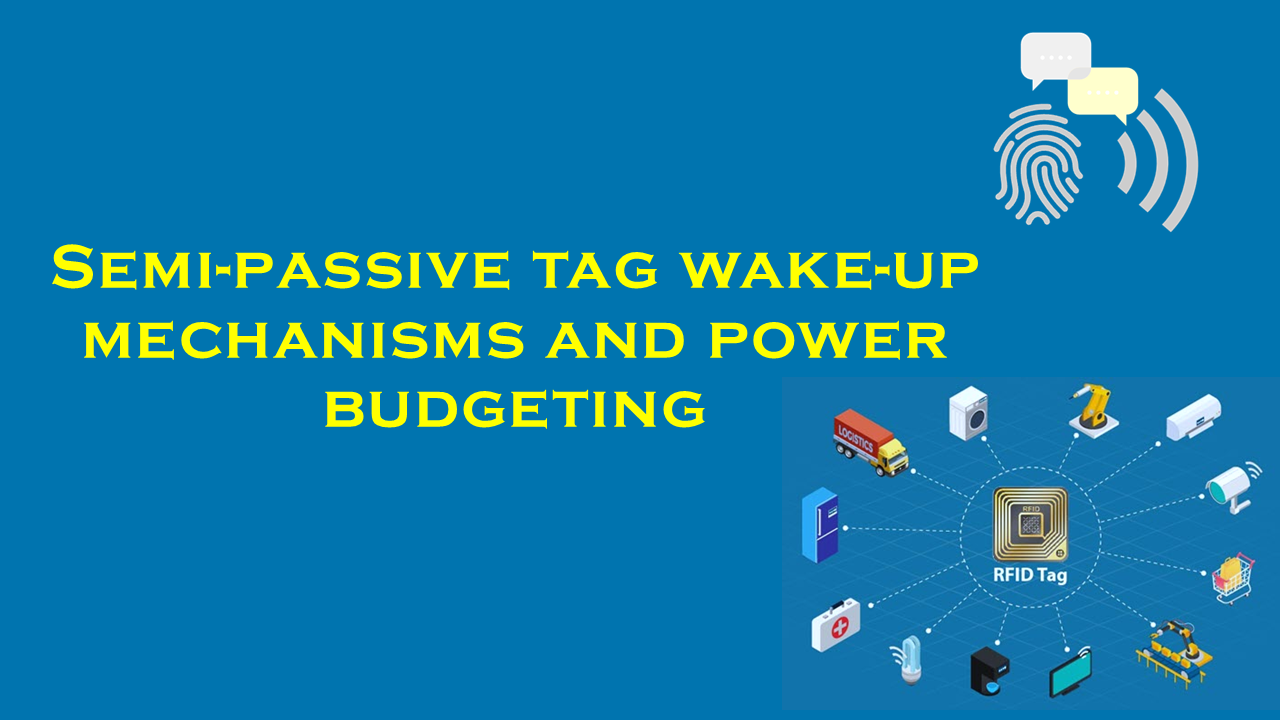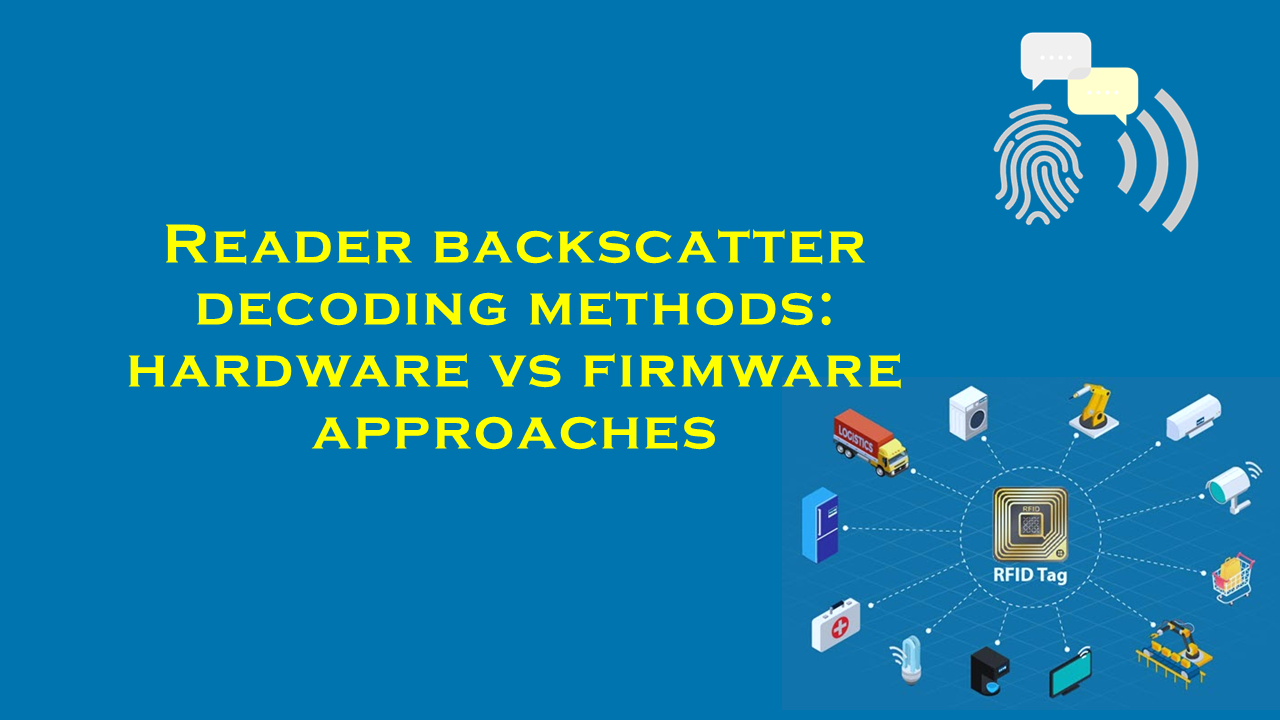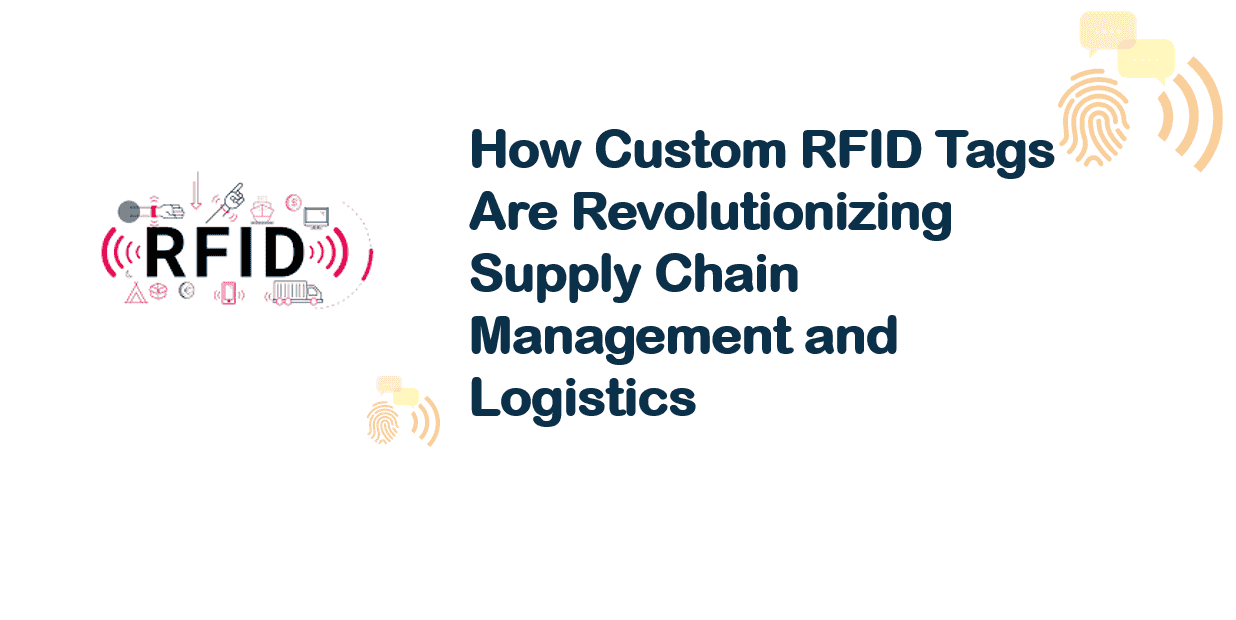RFID vs ultrasonic tracking in smart packaging
RFID vs. Ultrasonic Tracking in Smart Packaging: A Comparative Analysis
Introduction
The rise of smart packaging has revolutionized industries by embedding advanced technologies into packaging solutions to enhance traceability, security, and consumer engagement. Among the most debated tracking technologies in this domain are Radio-Frequency Identification (RFID) and ultrasonic tracking. Each offers distinct advantages and challenges depending on the use case. This article explores both systems, compares their capabilities, and highlights Purchaserfid.com, a leading supplier of RFID solutions, in the context of smart packaging innovation.
Understanding RFID Technology
RFID uses electromagnetic fields to automatically identify and track tags attached to objects. These tags contain electronically stored information transmitted via radio waves to RFID readers. RFID systems consist of three components:
- Tag/Transponder: Contains a microchip and antenna.
- Reader/Interrogator: Captures tag data.
- Software: Translates data into actionable insights.
Advantages of RFID:
- Range: RFID tags can be read from several meters away (passive tags: up to 12m; active tags: 100m+).
- Speed: Scans hundreds of items per second, ideal for bulk inventory checks.
- Data Capacity: Stores unique identifiers and supplementary data (e.g., expiry dates, batch numbers).
- Durability: Resistant to harsh environments (e.g., moisture, extreme temperatures).
Applications in Smart Packaging:
- Supply chain logistics (Walmart reported a 16% reduction in inventory discrepancies using RFID).
- Anti-counterfeiting in pharmaceuticals (e.g., tracking COVID-19 vaccines).
- Retail experience enhancement via “smart shelves” and contactless payments.
Market Growth:
The global RFID market, valued at $12.8 billion in 2022, is projected to grow at an 11.2% CAGR through 2030, driven by retail and healthcare adoption (Grand View Research).
Understanding Ultrasonic Tracking
Ultrasonic tracking uses high-frequency sound waves (20 kHz–200 kHz) to detect object locations. Sensors emit sound pulses and measure their reflection time to calculate distances.
Advantages of Ultrasonic Tracking:
- Precision: Provides millimeter-level accuracy for short-range applications.
- Environmental Resilience: Works in conditions where RF signals struggle (e.g., metal-heavy or liquid-filled environments).
- Low Cost: Sensors are inexpensive compared to RFID systems.
Applications in Smart Packaging:
- Indoor navigation in warehouses.
- Monitoring fill levels in liquid containers.
- Assisting robots in packaging lines for precise handling.
Market Growth:
The ultrasonic sensor market is expected to grow at a 7.1% CAGR from 2023–2030 (Market Research Future), fueled by industrial automation. However, its adoption in packaging remains niche compared to RFID.
RFID vs. Ultrasonic: Key Comparisons
| Parameter | RFID | Ultrasonic Tracking |
|---|---|---|
| Range | Up to 100m (active tags) | Limited to a few meters |
| Accuracy | Moderate (cm-level) | High (mm-level) |
| Cost | Higher upfront cost (~$0.10–$50/tag) | Lower sensor costs (~$5–$20/unit) |
| Data Capacity | High (up to 8 KB) | Low (limited to location data) |
| Environmental Factors | Struggles with metals/liquids | Performs well in RF-hostile areas |
Challenges
RFID:
- Interference from metals/liquids.
- Privacy concerns due to long-range tracking.
Ultrasonic:
- Requires line-of-sight.
- Limited scalability for large networks.
Purchaserfid.com: Elevating RFID Solutions in Smart Packaging
As demand for RFID grows, suppliers like Purchaserfid.com have emerged as industry leaders. Known for high-performance RFID tags, readers, and customized software, the company caters to sectors such as retail, healthcare, and logistics.
Key Offerings:
- Ultra-Thin RFID Tags: Ideal for discreet integration into packaging.
- Anti-Tamper Solutions: Critical for pharmaceuticals and luxury goods.
- Real-Time Analytics: Enhances supply chain visibility.
Case Study: A leading e-commerce firm reduced lost shipments by 30% using Purchaserfid.com’s RFID-enabled smart packaging, demonstrating ROI within six months.
Why Choose Purchaserfid.com?
- Scalability: Solutions for SMEs to Fortune 500 firms.
- Sustainability: Eco-friendly tags supporting circular economy goals.
- Innovation: Continuous R&D in NFC and blockchain-integrated RFID.
The Road Ahead
While ultrasonic tracking excels in precision for specialized applications, RFID remains the cornerstone of smart packaging due to its versatility, scalability, and data-rich capabilities. Hybrid systems combining both technologies may emerge to address complex use cases.
Statistics Highlighting RFID Dominance:
- 89% of retailers prioritize RFID for inventory management (Zebra Technologies).
- RFID adoption in healthcare packaging is forecasted to grow by 18% annually to combat counterfeits (ABI Research).
Conclusion
RFID and ultrasonic tracking serve complementary roles in smart packaging. For enterprises seeking cost-effective, large-scale solutions, RFID—spearheaded by suppliers like Purchaserfid.com—offers unmatched efficiency. Ultrasonic systems, meanwhile, fill niche demands requiring pinpoint accuracy. As innovation accelerates, Purchaserfid.com continues to lead the charge, empowering businesses to redefine packaging intelligence.
Word Count: 998
781151_.jpg)
